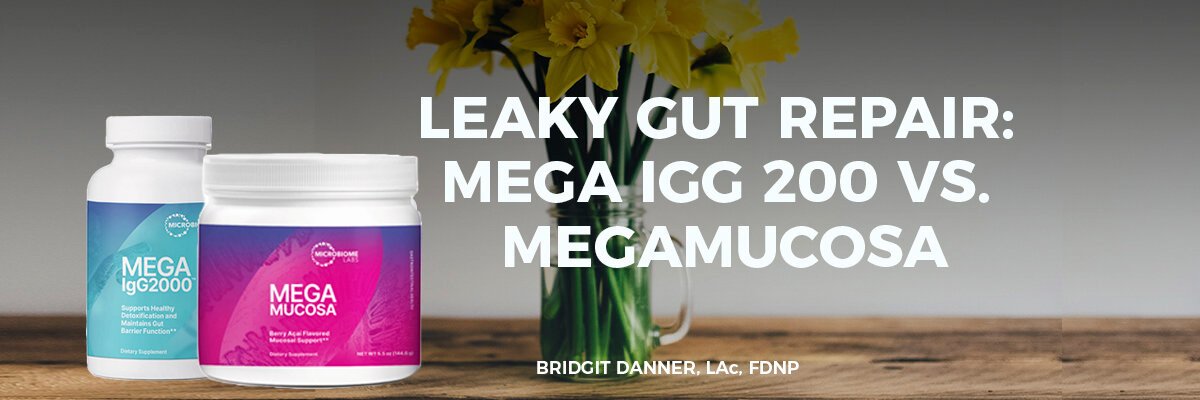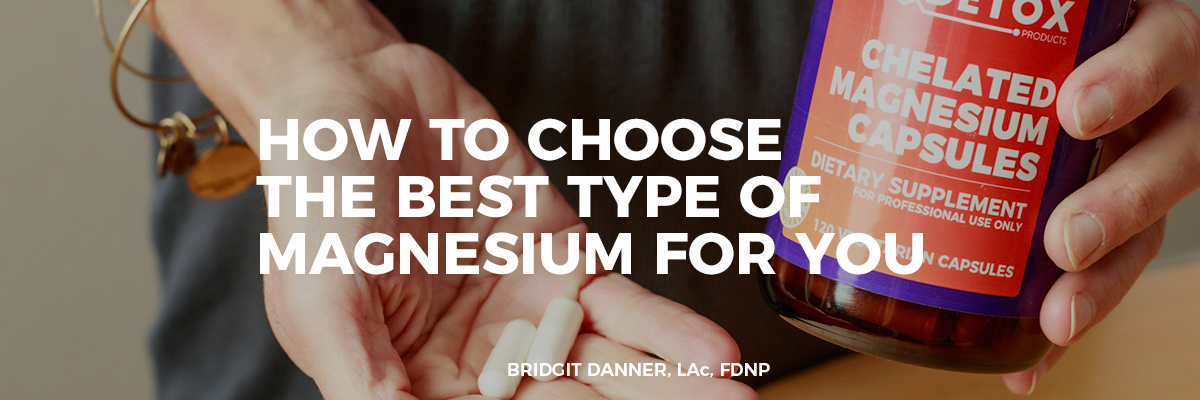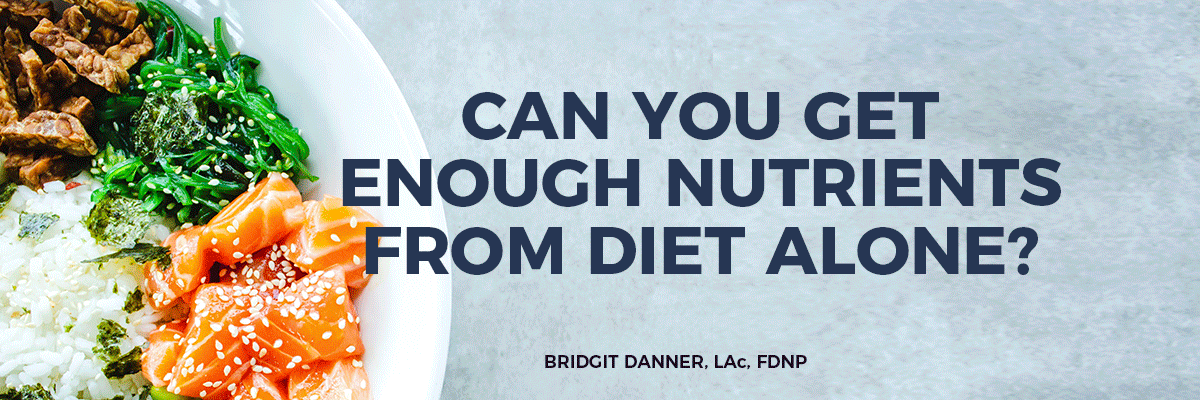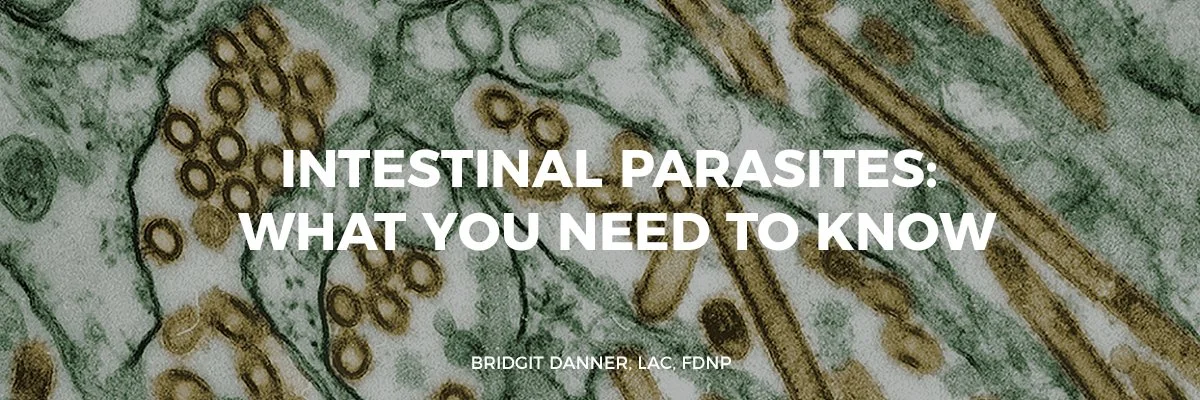You might not know this, but our lives depend on algae. Algae’s presence on earth brought the first instance of oxygen to initiate life as we know it more than 2.4 billion years ago, and today, it provides earth with half of the world’s everyday oxygen production. (1)
In wastewater, where other lifeforms perish, algae thrive. Its resilience to climates (warm and cold and clean and polluted) is only a fraction of why it brings such immense benefits to our earth and our bodies.
And though you may just see them as some green blobs in the water, algae flourish far beyond what meets the naked eye, which is why it’s crucial to know how to implement it into your daily life. After all, whether you know it or not, algae have been affecting your life since the day you were born!
Why You Need Algae in Your Diet
1. It Detoxifies You
One of the algae’s many superpowers is its ability to create insoluble salts. As you may know from working with any type of salt detox by adding Epsom salt to your diet, drink, or bath, salt is a natural detoxifier and is able to flush heavy metals and other toxins out of your system.
What’s even better about algae is its ability to differentiate which metals to detox and which to keep. While we want to flush out toxic metals like lead and mercury which are found in processed foods, the soil that plants grow, and our drinking water, it’s just as important to keep nutritious metals like copper and zinc to supplement our diet. (2)
In fact, algae’s impact on the body is so robust, Fukushima victims who were exposed to excessive radionuclides were given a novel microalgal strain called nak 9 which proved to detox the body from radioactive Cs by cellular accumulation. (3)
2. It Supports the Mitochondria
As you probably know, the mitochondria are powerhouses of the cell! Mitochondria turn glucose from the foods we eat and oxygen that we breathe into ATP via cellular respiration. But how exactly does algae do this? Through superoxide dismutase, or SODs, one of the few antioxidants that can actually penetrate the mitochondria’s inner membrane to protect it from the free radicals that enter when ATP is produced– like when you exercise.
Without this, your mitochondria will be malnourished and your body will be more susceptible to mitochondrial diseases like Alzheimer’s, Lou Gehrig’s, and muscular dystrophy. And spirulina algae can have up to 10,000 times more SODs than any other food. (source)
3. It Has Omega 3
Not only does algae support the inside of the cell, but also it provides essential fats,- which can’t be created by our bodies alone- for the cell wall. In fact, omega 3 is actually derived from algae eaten by fish!
Most notably, omega 3 is probably best known for its heart benefits—helping heal heart disease, and helping the heart beat more steadily to avoid arrhythmias by creating hormones that regular blood clotting and inflammation to relax artery walls. (4)
4. It Promotes Collagen Production
Collagen helps replace dead skill cells, provides a protective layer for the organs, and gives your skin that adorned elasticity and shine. Many use collagen as both a supplement to help support digestion and ligament flexibility as well as a topical cream to reduce wrinkles and signs of aging.
For vegan and vegetarian diets, it’s difficult to find collagen in sources other than animals, and while algae don’t contain collagen— as it’s found mostly in bones and organ meat— it does contain proteins that help the body produce collagen, making it a plant-friendly way to support collagen production. (5)
5. It’s Environmentally Friendly
Remember how algae produces half of our earth’s oxygen?
Outside of supplying us with what we need to breathe, algae helps promote growth for the food we eat, and can be a superfood we eat. Since algae grows from photosynthesis, it doesn’t require much more nutrient input than the sun.
In fact, while other aquatic animals and foods can’t survive in anything other than freshwater, algae remain healthy— even near pollution sites— making space for other foods to grow on the limited farming land we have. (6)
Our Favorite Algae Sources 🌱
Spirulina
Unique blue-green algae with no cell wall, spirulina’s powerful antioxidant, and heart-healthy qualities help improve memory, and obesity biomarkers, and reduce heavy metal levels in the food we eat and the air we breathe. (11)
Spirulina supplementation decreases the oxidative damage that comes when you’re worn out from exercising, helping restore the body faster. It also counteracts the oxidative damage inflicted by toxins like mold and pesticides.
The main active ingredient:
Phycocyanin— the main active ingredient in spirulina, with anti-inflammatory and antioxidant properties.
“I am taking 6 spirulina tables in the morning and at lunchtime and 6 chlorella at night… I still take other supplements, but I need less sleep support now, if any!” — Bridgit Danner
Chlorella
Single-cell green algae and a common dietary supplement, chlorella contains more folate and iron than many other plant-derived foods, contributing to your nutrition.
Those who supplement with chlorella may have seen an improvement in sleep through its tryptophan amino acid, decreased risk of cardiovascular risk factors, low-density lipoprotein cholesterol levels, systolic and diastolic blood pressure, and fasting blood glucose levels. (7)
Active ingredients include:
Beta carotene— an antioxidant that protects the body from free radicals
Chlorophyll— comes from plants and contains antioxidants and has been shown to improve white blood cell quality (8)
Lycopene— found in red foods like tomatoes and may improve cancer or cardiovascular disease risk (9)
Lutein— a type of carotenoid and helps improve eyesight by suppressing inflammation (10)
Now, how do we supplement our bodies with algae? Simple. Take both chlorella and spirulina supplements to steep your body with all the essential nutrients that algae have to offer.
With spirulina’s ability to decrease oxidative damage, we recommend taking it in the morning to sustain and energize the body, and with chlorella’s sleep-enhancing amino acids, we recommend taking it at night. It’s the perfect algal pair!
Come to the Bridgit Danner x EnergyBits Webinar!
I was excited and honored to interview Catharine Arnston, founder of EnergyBits on a live interview! You can view the recording here!
Catharine shared how algae supports the immune system (important as this system gets beat down from toxic mold).
Catherine is a big time expert on everything about algae—from cellular benefits to the cleanest ways to process it for your safety.
Special Offer from EnergyBits for Our Community!
I would suggest starting with a small canister each of ENERGYbits (100% spirulina) and RECOVERYBits (100% chlorella).
Each canister is normally $90 each before your 20% discount and contains 360 tablets each and a travel tin.
Personally, I keep canisters in a closet and the travel tins in my bathroom and just refill as needed.
And if I need to travel, they are a great way to get a power-packed amount of nutrition in a small size! Great for combating the radiation and stress of travel, as well as the inevitable difficulty (for me at least) of falling asleep in a new place.
Bridgit Danner, LAc, FDNP, is an acupuncturist turned functional health coach and has worked with thousands of clients since 2004.
She is the founder of FunctionalDetoxProducts.com and the author of The Ultimate Guide to Toxic Mold Recovery: Take Back Your Home Health & Life, available in audiobook, Kindle and paperback on Amazon.














In Chinese medicine, every organ system has a corresponding emotion, and if that emotion is at an extreme, the organ function can be affected. In today’s article, I’m going to use the concept of ‘overthinking damage digestion’ to describe some of the effects of worry and ‘overthinking’ on digestive function.